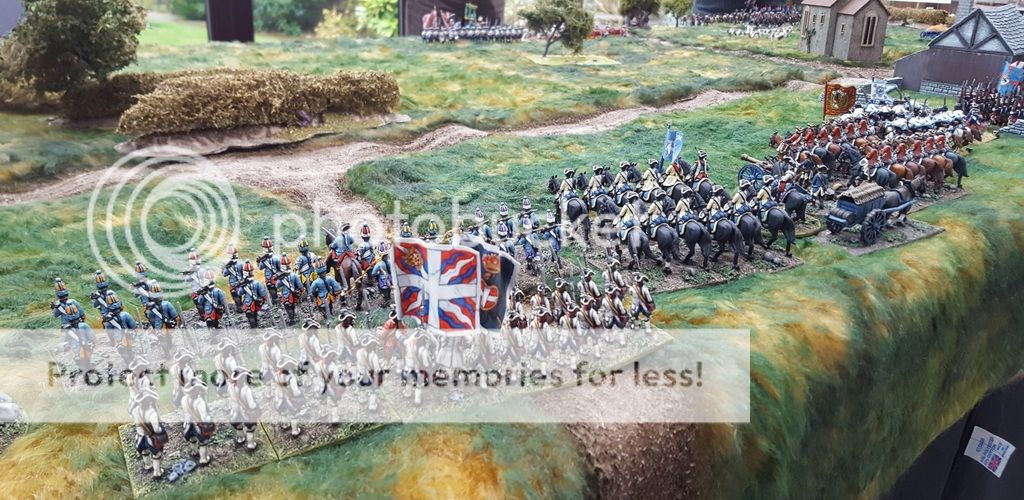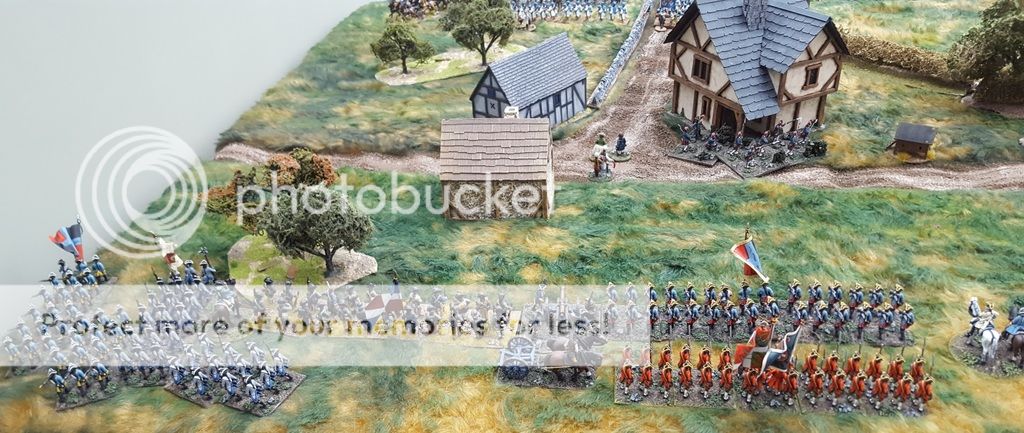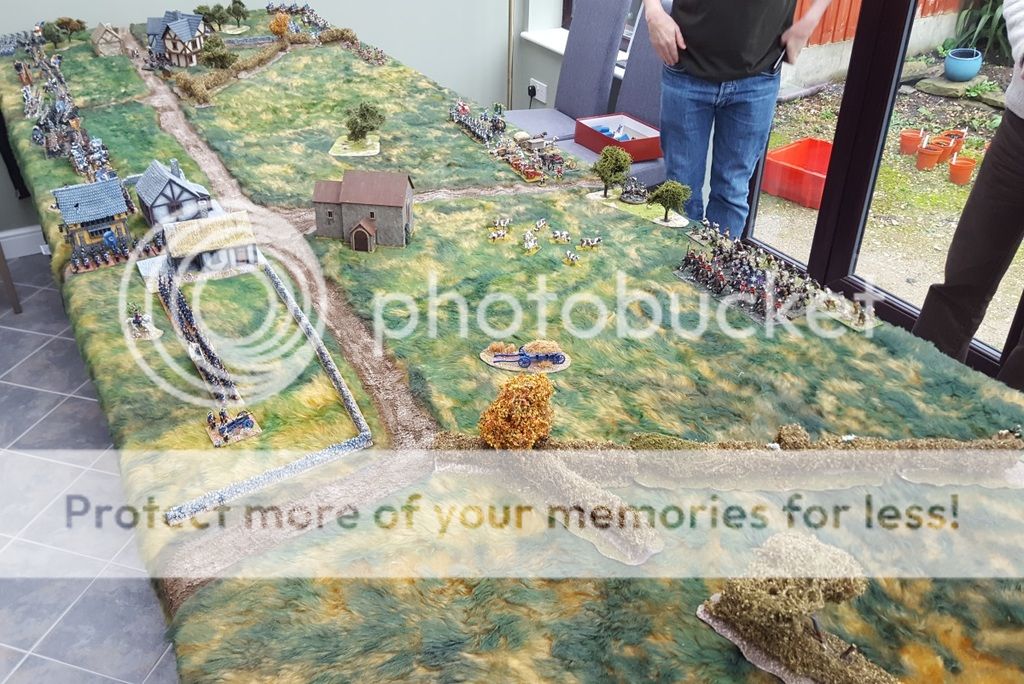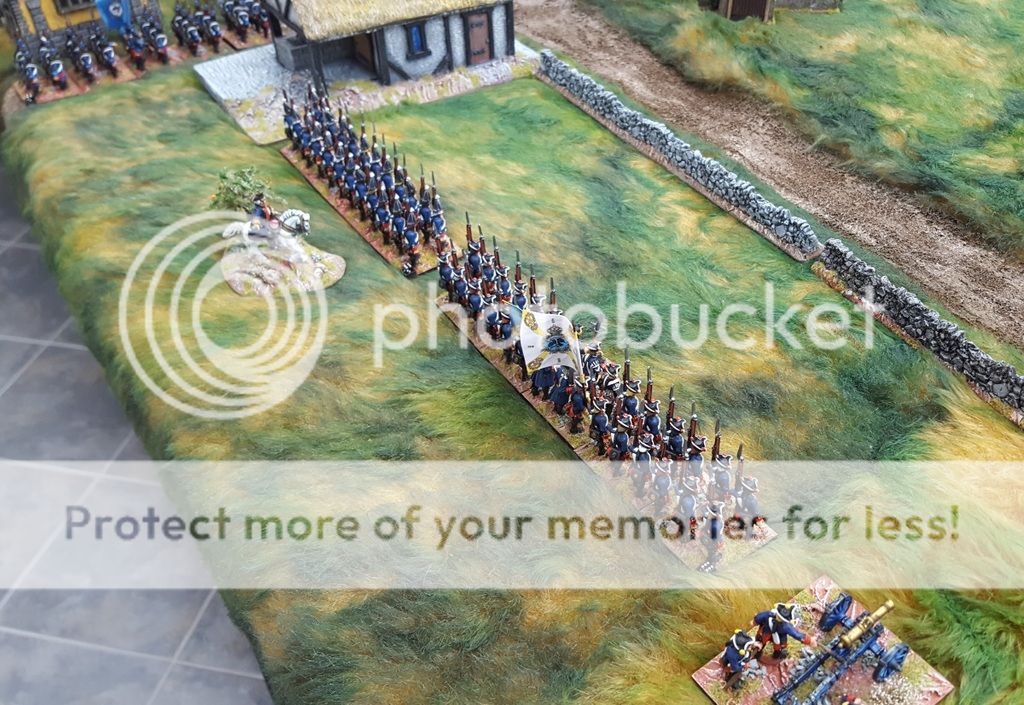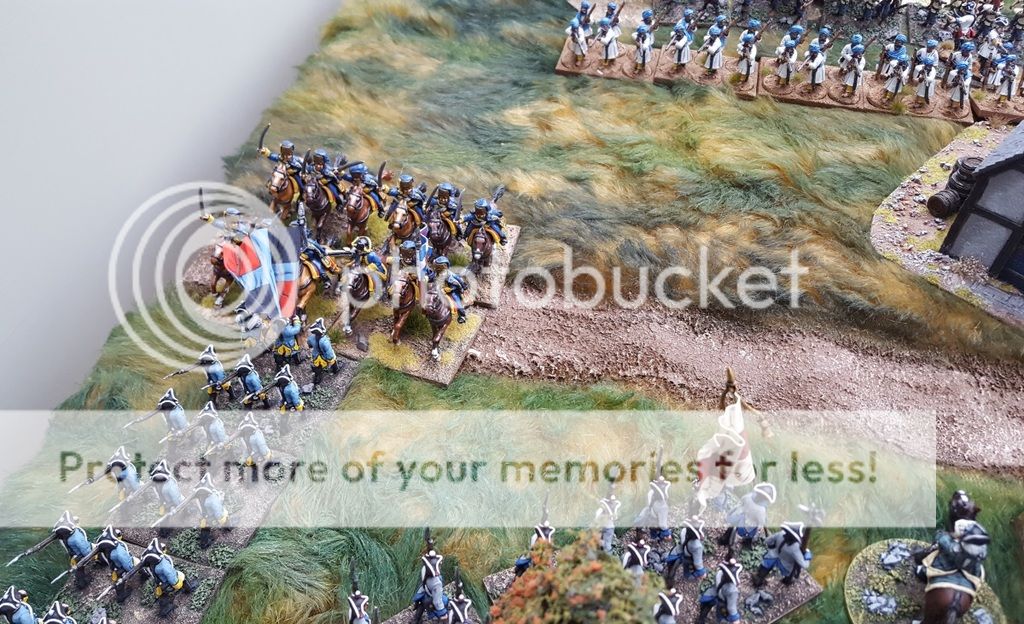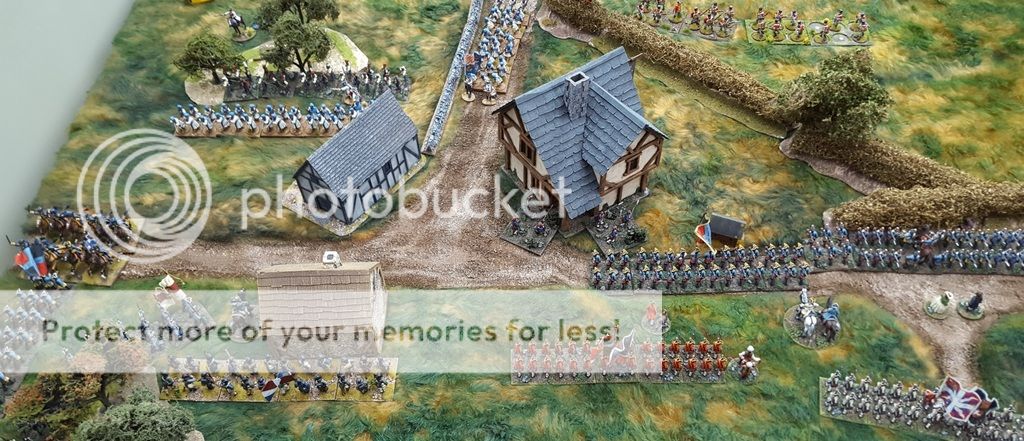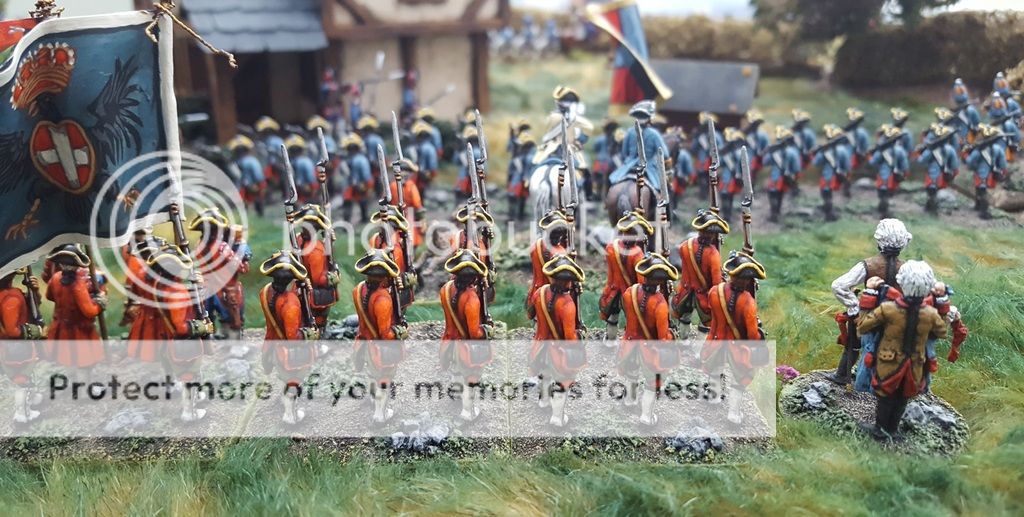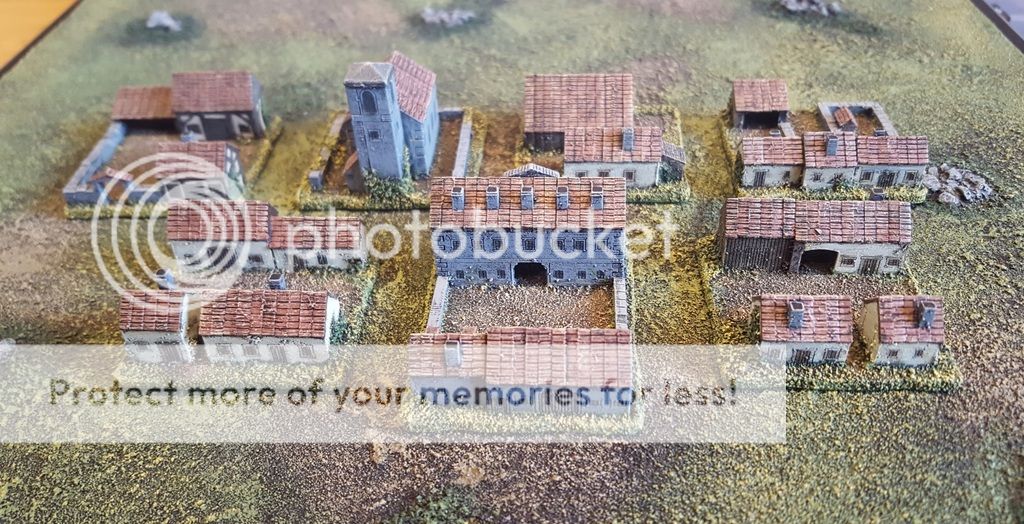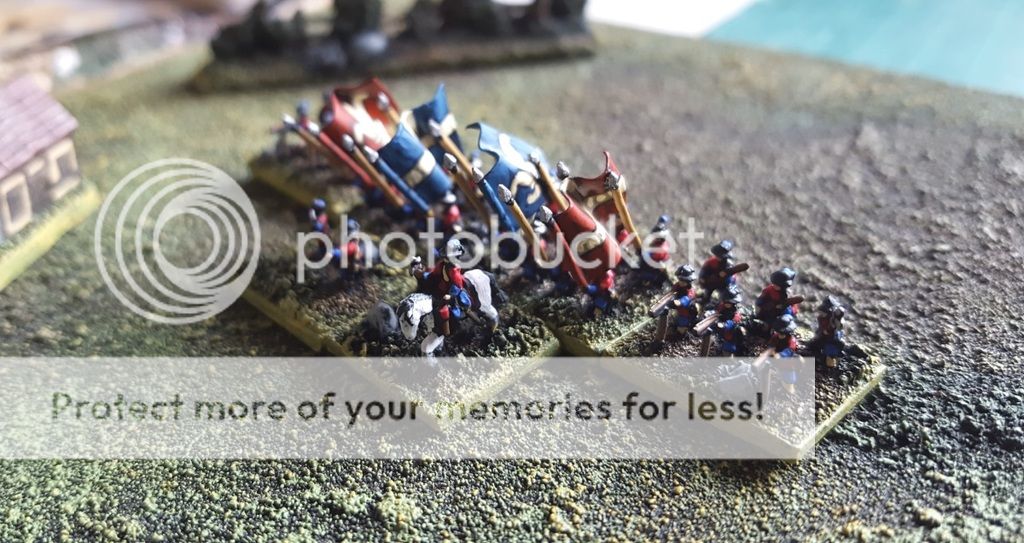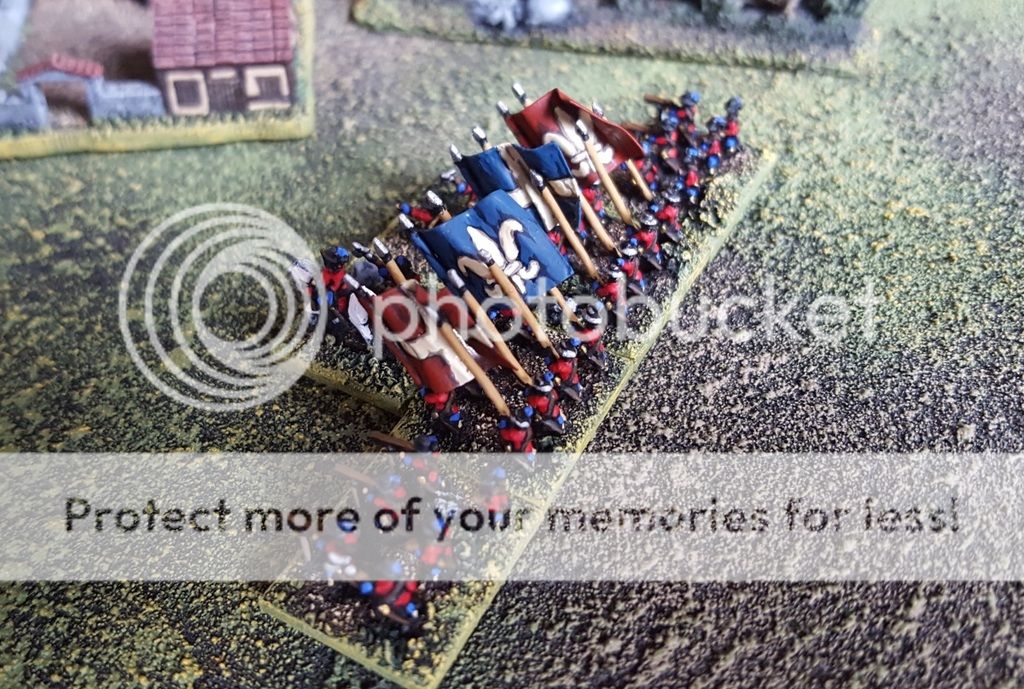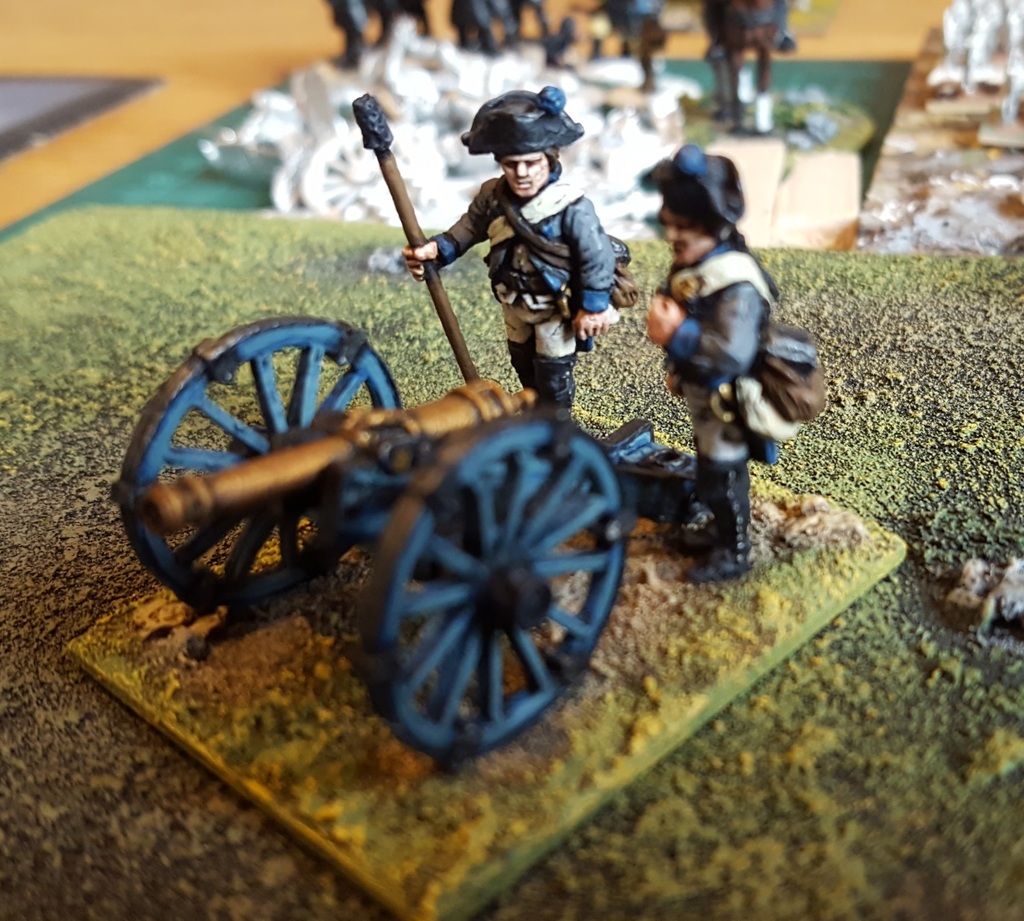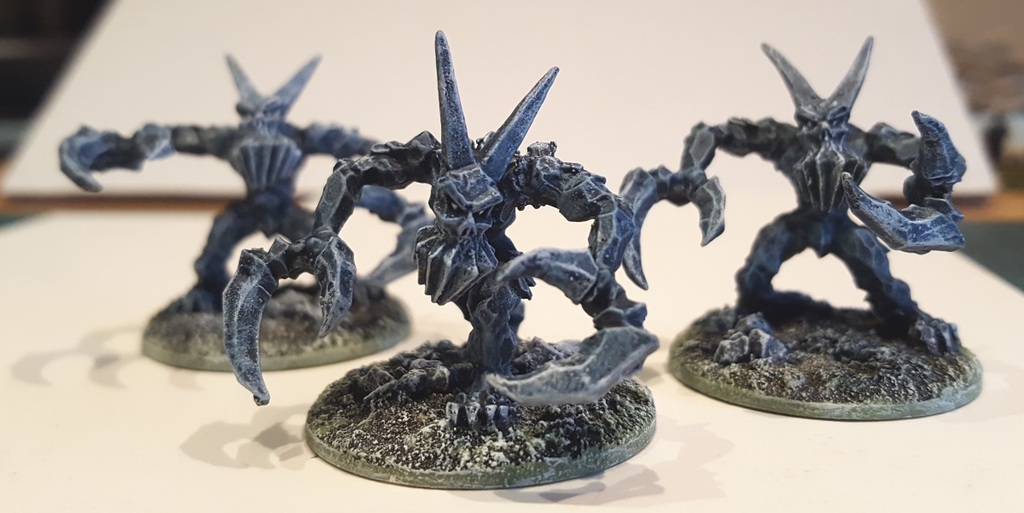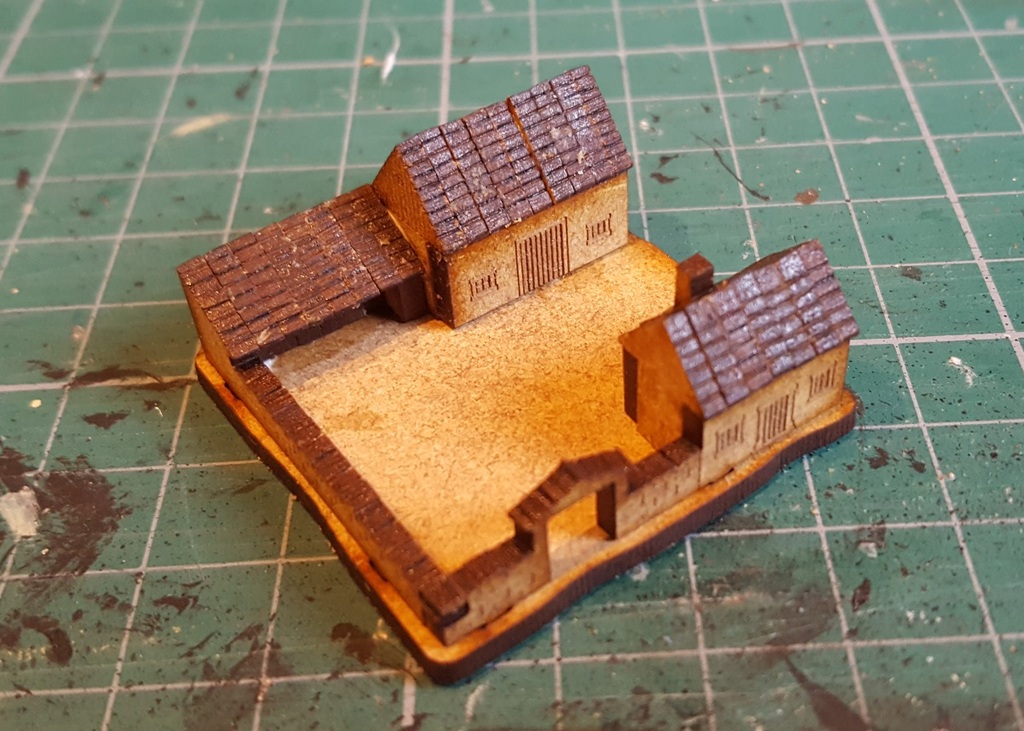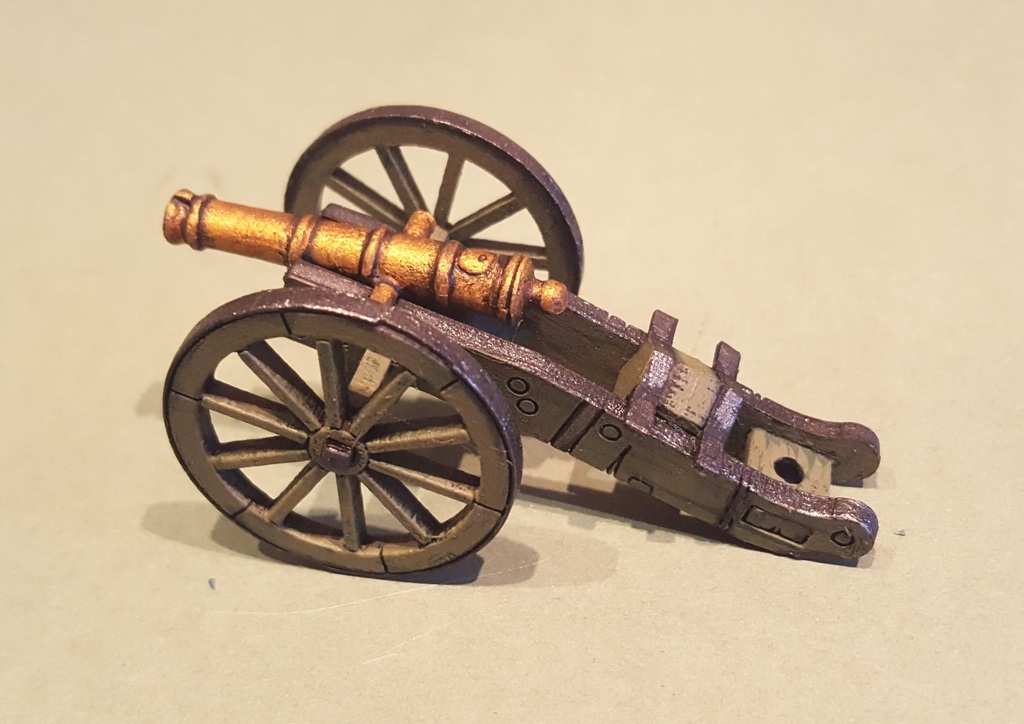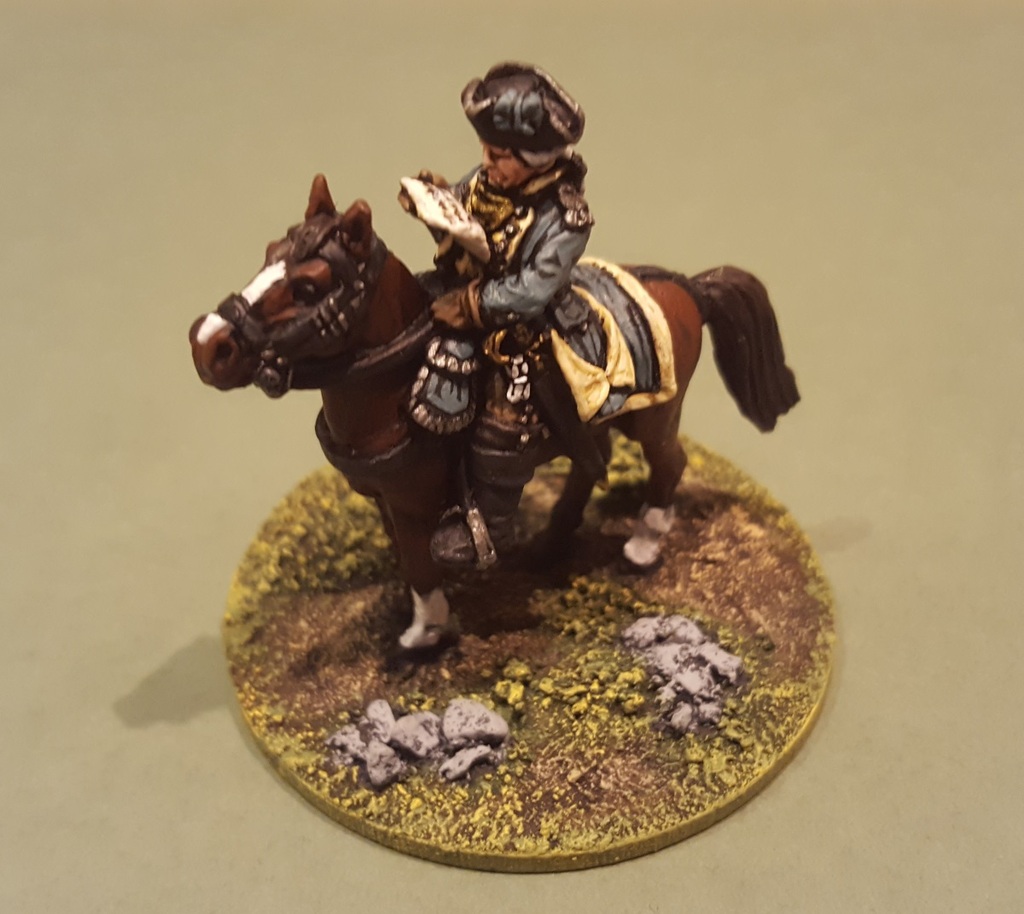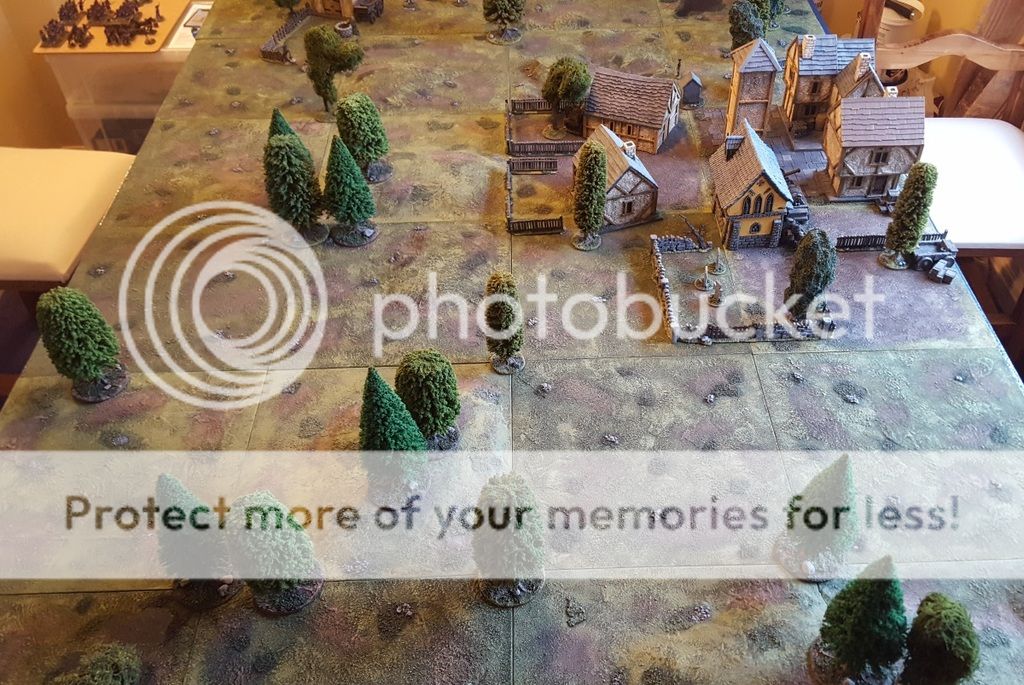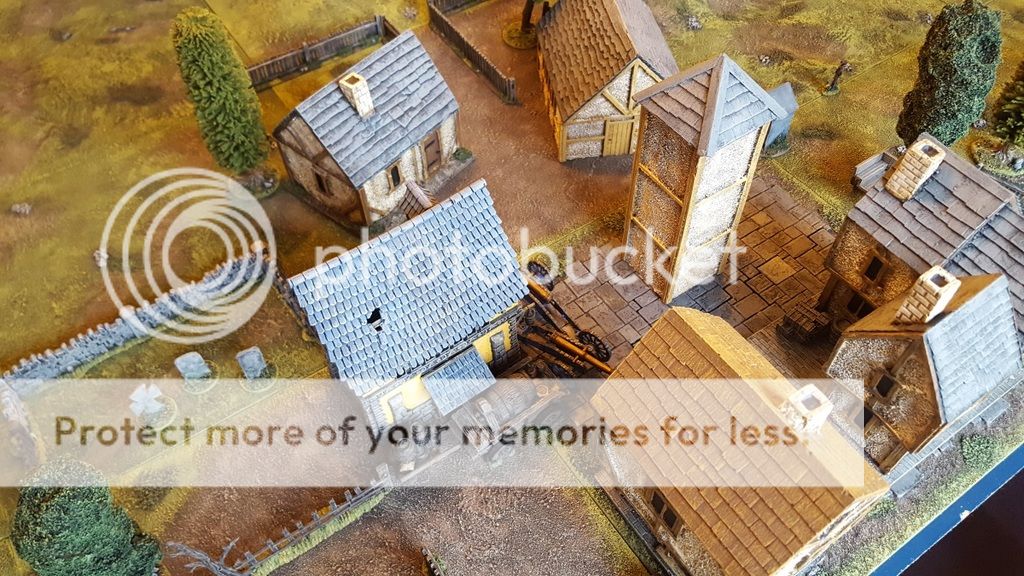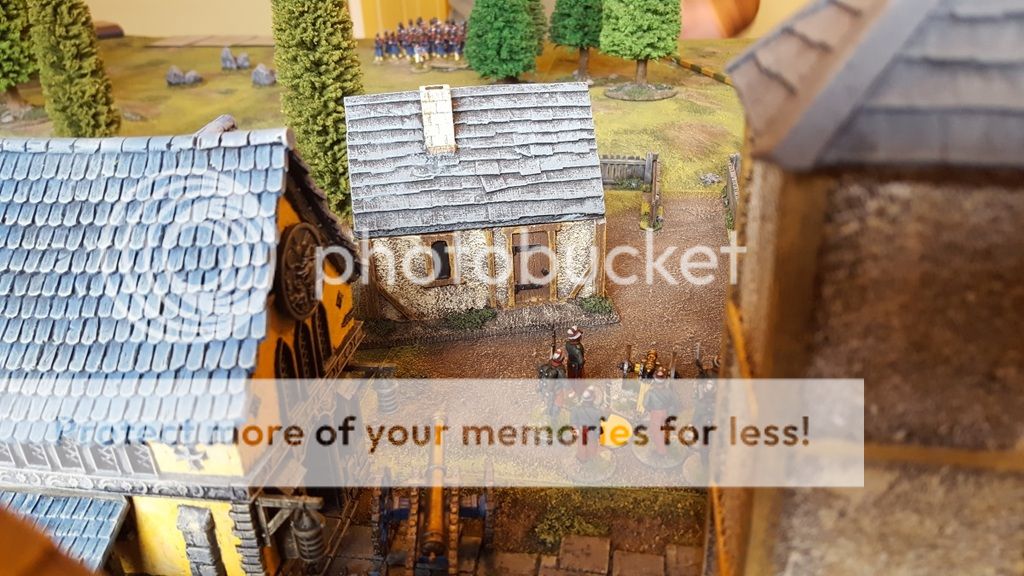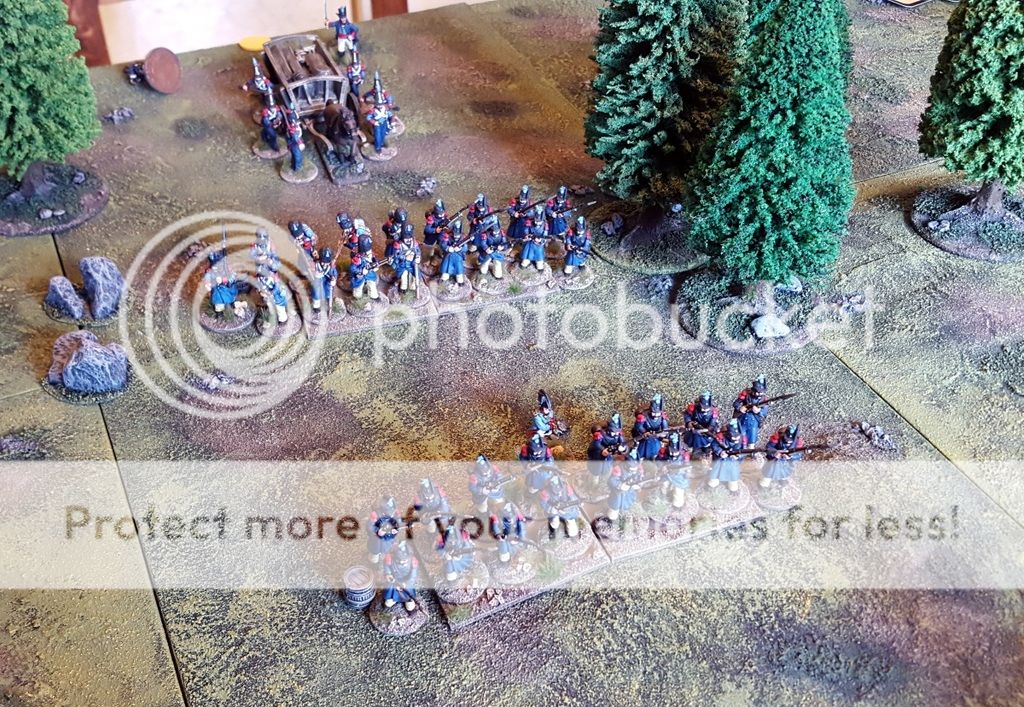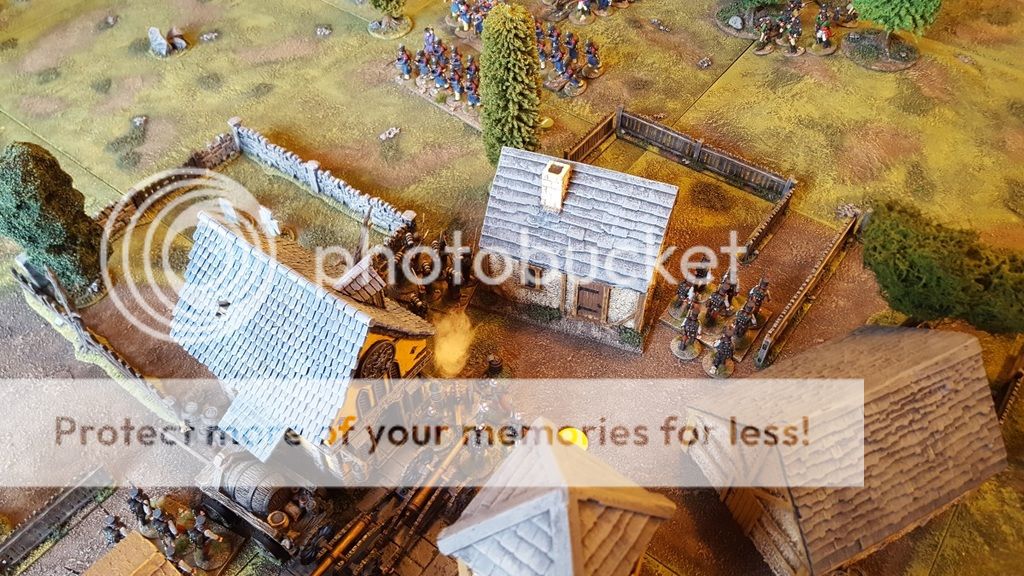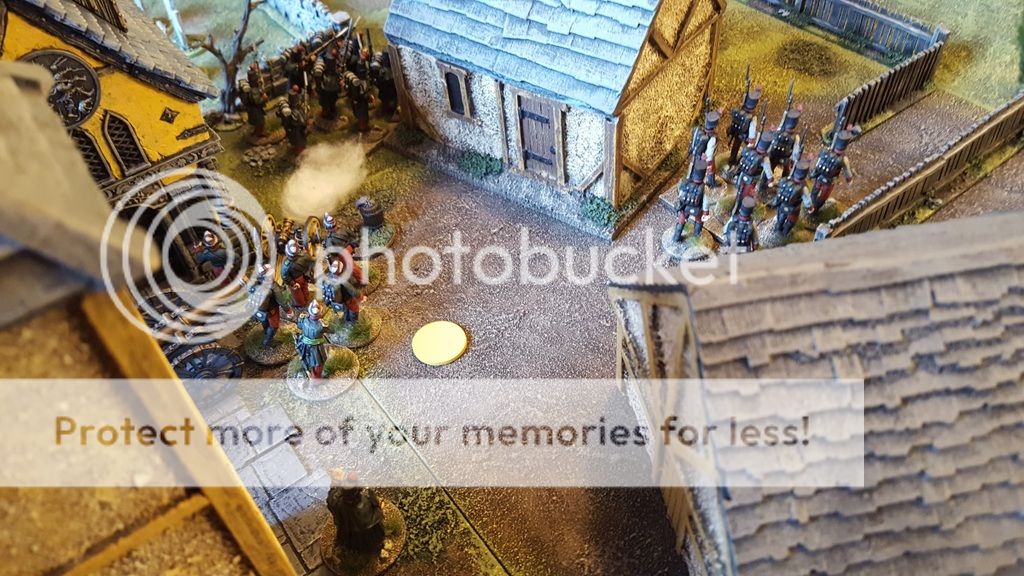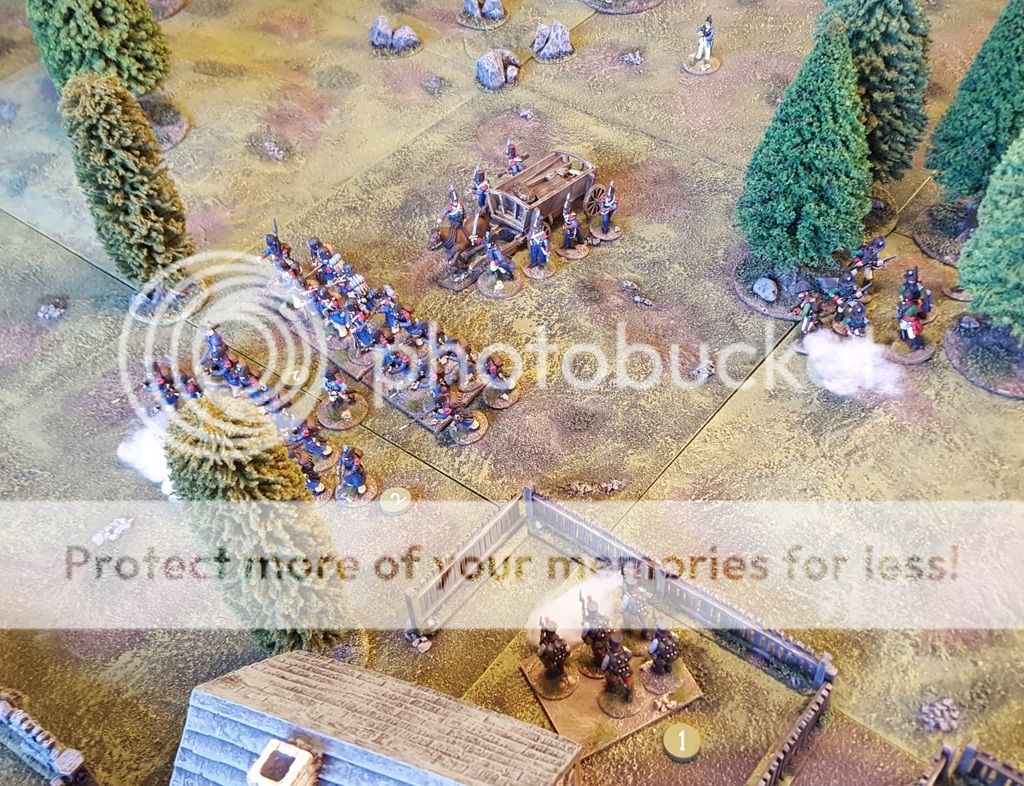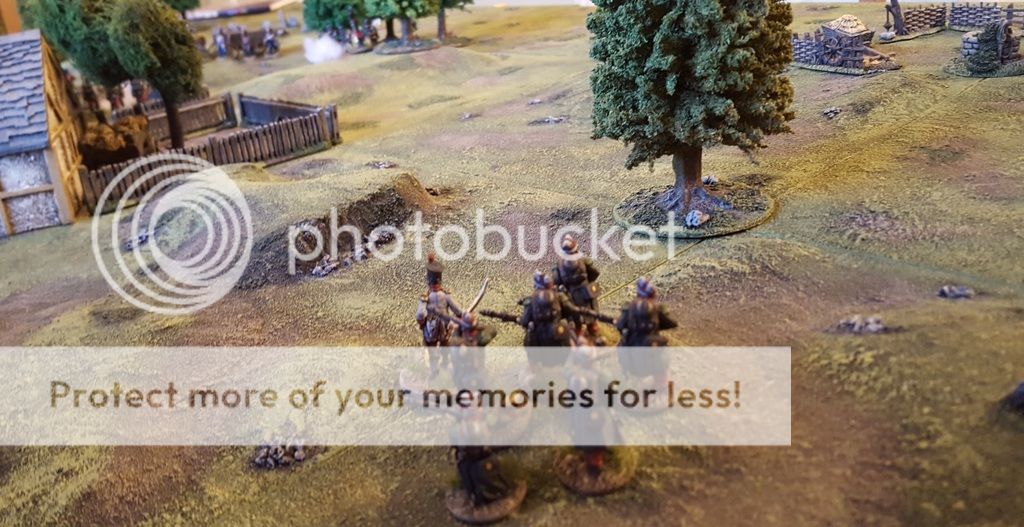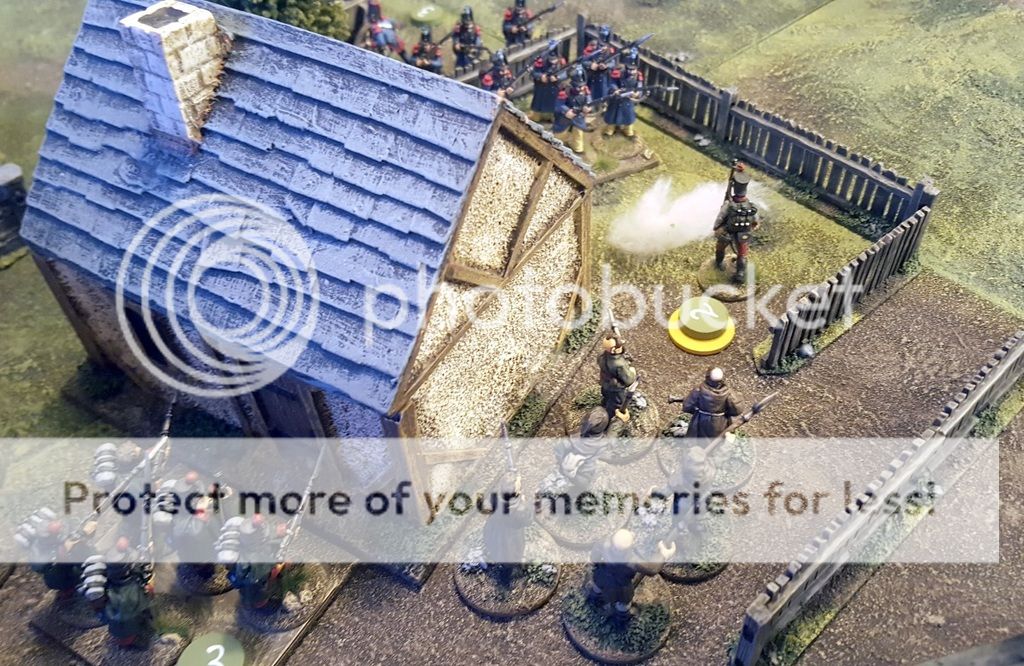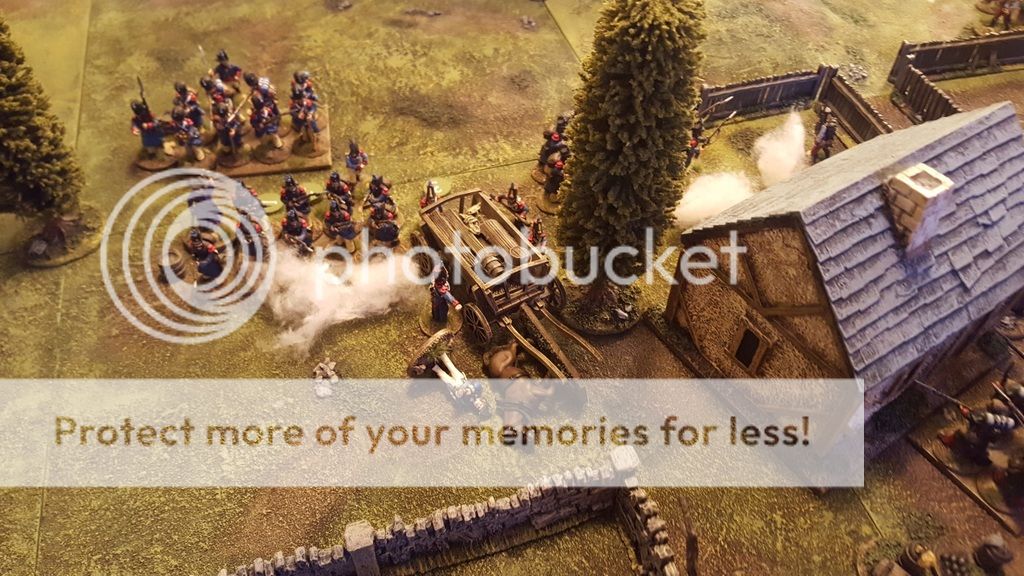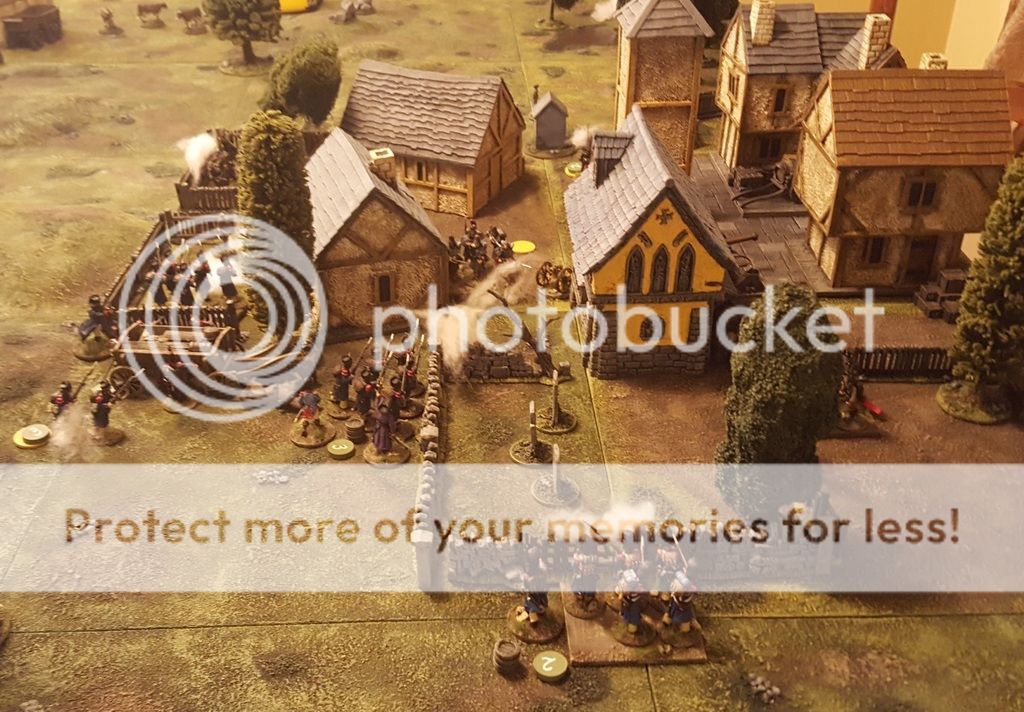Last weekend four of us from the LAW forum, who all live reasonably close to Newark, got together for an eclectic 18th century bash. John (LT) very kindly offered to host us when our plans to play at Wargames Foundry fell through, and his custom-built gaming conservatory (with 12’x4′ table) was an excellent place to play a game. He kept us going with endless tea and coffee too!
As it was Purps’s idea in the first place, he did the planning. He collated a list of what units people could contribute and prepared an interesting scenario based on Minden, but suitably re-named. It was to be a first run out for all of us with the Honours of War rules from Osprey. They proved to be relatively simple to pick up and gave a good, fast-moving game that produced believable outcomes and events.
When the armies were placed on John’s teddy bear fur table covering, along with some suitable scenery, I think the overall effect was very good.
My troops, moving forward to take up defensive positions before the enemy got too close:
The overall table, defenders on the left:
Purps’ Prussians heading to defend the wall. They were to deliver a very un-Purps-like ‘none shall pass’ performance:
No detailed battle account, but in brief – Simon and John attacked with a variety of dodgy invading foreign-types, while Purps and I tried to hold on to the two villages. Somehow we managed this, although it was a very close run thing. We had cavalry charges (one of which was successful – unfortunately against me), heroic musketry, some BUA fighting, and some artillery barrages that did a bit of damage (well lots – to Purps).
Below, Purps’ Frei Korps looking good coming up the road, until all the enemy artillery targeted them and sent them packing on the first turn. Another new unit consigned back to the box before they’d got stuck in.
Something no commander ever wants to see. I underestimated how far Simon’s cavalry could move (damn those Dashing Generals, with their chance to roll those hoity toity double moves!) and was caught in column of march. Scratch one battalion:
At the same time Purps was about to be hit by this lot:
But he saw all the horsemen off in brave style, and was then hit by this lot who had benefited from a couple of double-moves to get round the flank:
Which he also, just about, held off to help us win the battle. 🙂
Medetians and allies, standing their ground:
And dithering back and forth:
I was sending them to support Purps’s left flank, which failed to move for the first 5 turns (he rolled a 1 each time!). When he finally got going he flung his newly-painted hussars into range of 4 artillery batteries, and back in the box they went. Two months’ work followed by one blunder. Very funny, so I abandoned him and marched this battalion back to the ranks again.
The game, and the whole day, was great fun all-round, in excellent company.
We’ve got some other ideas for games we can play as an occasional local group, so hopefully there’ll be more to post soon.


